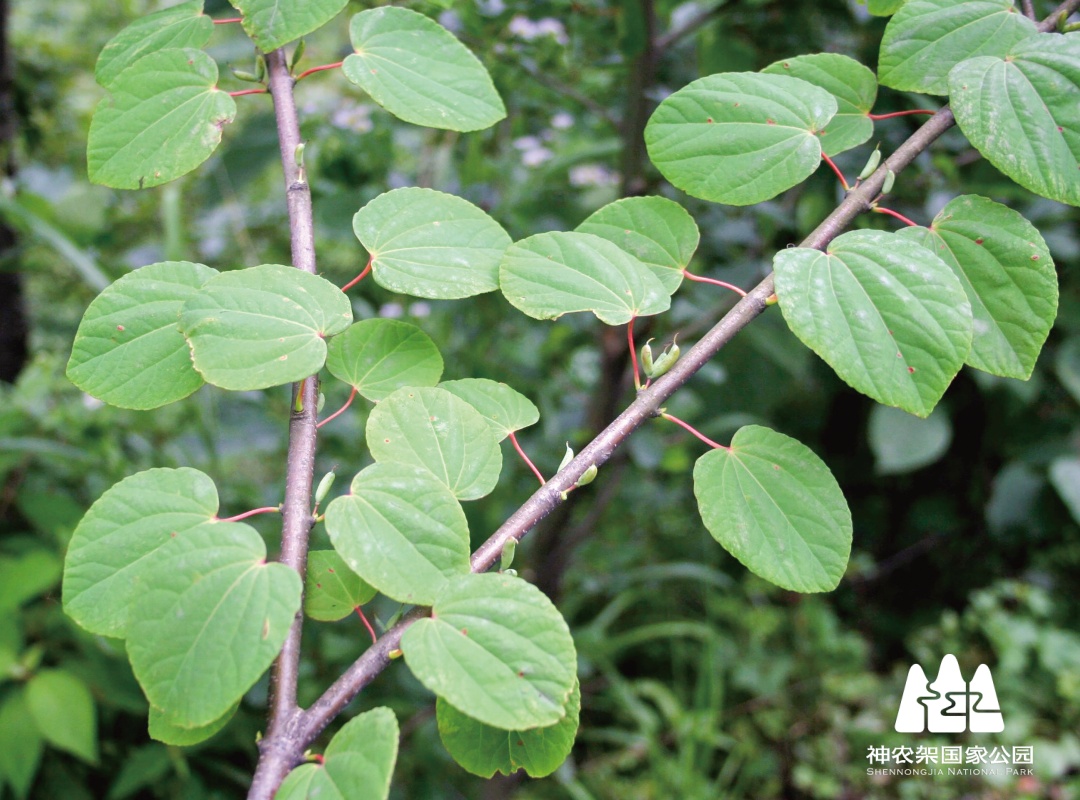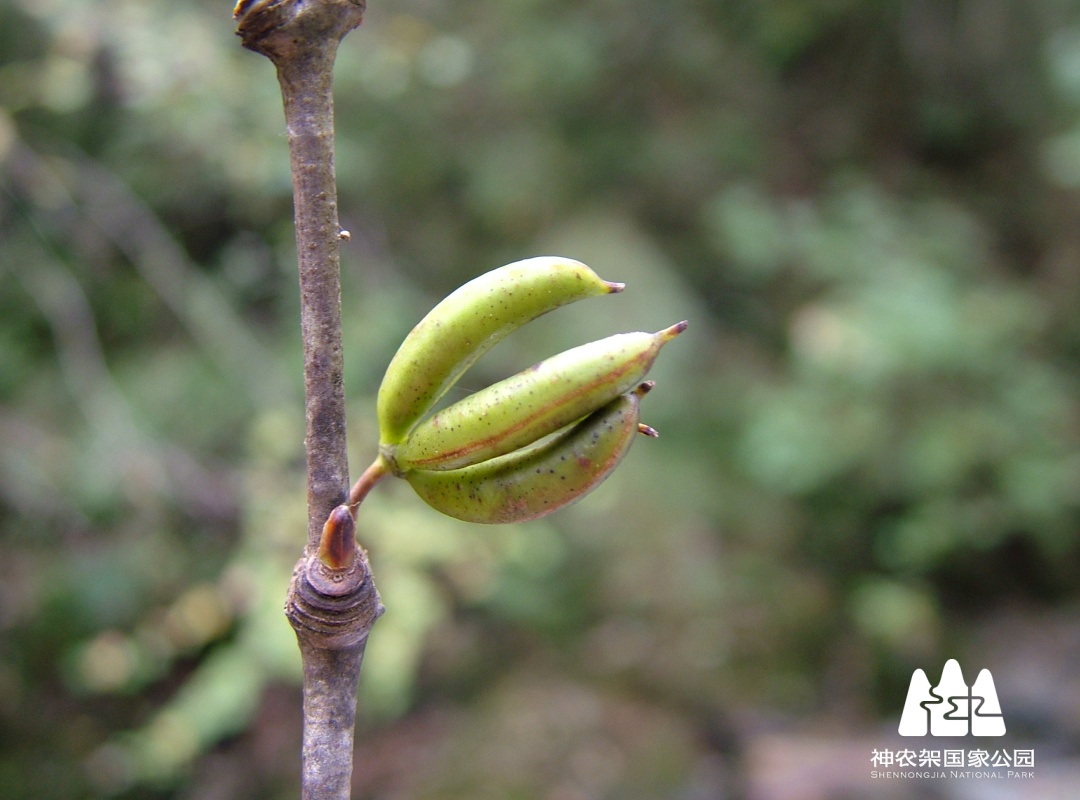The Katsura Tree: When Sex Fails, Clones Prevail
Updated:2025-11-13 Source:Shennongjia National Park
Early spring still carries a chill in Guitou Bay, but under the warming sun, the valley breeze begins its gentle ascent up the slopes. On the hillsides flanking the stream, trees stir to life—some already unfurling tender red buds, others poised to awaken. After enduring the dry winter winds, the valley’s soft, moist air now lifts delicate stuff, carrying them from the ravine to the ridges. Sensing this call, the Katsura tree (Cercidiphyllum japonicum) blooms with inconspicuous flowers nestled among its young leaves, hoping the wind will deliver pollen to a destined match.


By the mountain streams, the Katsura tree is a vision of grace—its slender branches arching over the water, adorned with heart-shaped leaves arranged in pairs along the stems. Its tiny flowers, though petal-less, are striking: males dangle crimson stamens on thread-like filaments, while females boast vivid red stigmas atop simple green ovaries. Unlike typical angiosperms, these minimalist blooms ignore bees and butterflies, relying solely on the valley’s gentle spring winds. The female flowers cluster in twos or threes, their elongated scarlet stigmas protruding like antennae above the foliage. Male trees, slower to leaf, release pollen from pendulous stamens swaying in the breeze. The female’s unique design, stigmas receptive on all sides, maximizes chances of windborne fertilization. Yet despite abundant pollen, the Katsura’s strategy favors short-range dispersal, limiting pollination success.
Though its seeds bear wings for wind travel, streamside Katsura trees mostly rely on water to spread, clustering along ravines. Seedlings, fragile and shade-sensitive, often perish in dim understories or flash floods. But when floods clear competing vegetation, survivors seize the sunlight, thriving rapidly. The tree compensates for sparse seed success by sprouting clones from its roots, colonizing open riverbanks through asexual reproduction—a pragmatic response to the valley’s volatile conditions.
Once deemed “primitive” due to its simple flowers, fossil evidence places the Katsura lineage in the Paleocene epoch. Yet molecular studies reveal it as an advanced relative of saxifrages, its streamlined blooms evolving for wind pollination. Like willows or orchids, floral simplicity or complexity reflects environmental adaptation—not evolutionary rank.
But the Katsura’s niche is shrinking. Once widespread across subtropical zones, it now retreats to sheltered valleys. Today, this East Asian endemic is a rare and endangered species, with Shennongjia’s undisturbed glens among its last sanctuaries.(Text by Fang Jie Expert review by Jiang Mingxi Photo by Zhang Jinlong)
Species Profile:
Name:Cercidiphyllum japonicum
Order: Saxifragales
Family: Cercidiphyllaceae
Genus: Cercidiphyllum
Identification:
A large deciduous tree with gray or grayish-brown bark. Leaves are nearly round, broad ovates, or heart-shaped. Male flowers are typically clustered in groups of four and nearly sessile. In flowering season, the bracts are red, membranous, and ovate. The follicles number 2-4, each contains several seeds, which are flat, quadrangular, brown, with translucent wings at the front that are 3-4 millimeters long. Flowering occurs in April, and fruiting in August.
Distribution in China:
Southwestern Shanxi, Henan, Shaanxi, Gansu, Anhui, Zhejiang, Jiangxi, Hubei, and Sichuan.
Address:36 Chulin Road, Muyu Town, Shennongjia Forestry District, Hubei Province 鄂ICP备18005077号-3
Phone:0719-3453368



